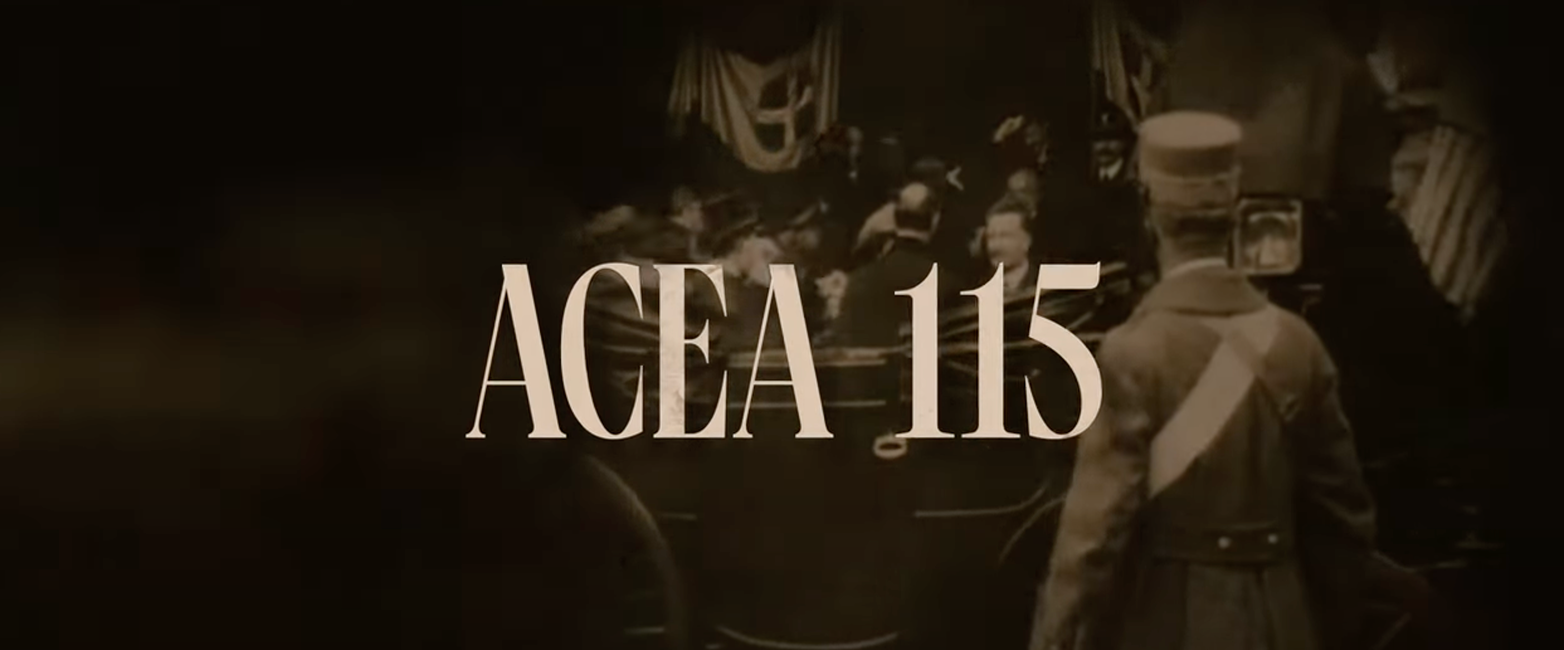
The video of Acea's history
For over 115 years, Acea has been synonymous with development and growth. Discover the path that has taken us to become an Italian and international reference point in the water, energy and environment sectors.
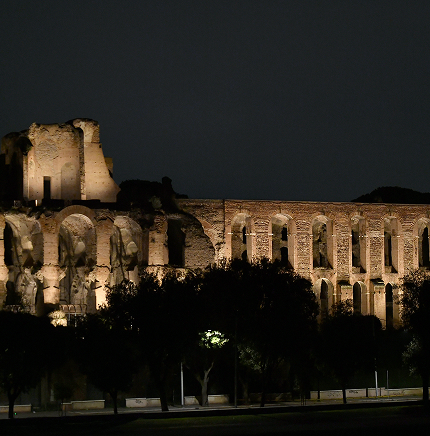



The foundation of AEM
Acea was created in 1909, when it was founded as Rome’s Municipal Electricity Company (Azienda Elettrica Municipale - AEM) to supply electricity for the city’s public and private lighting. In 1912 AEM inaugurated the power plant in via Ostiense, which was named after councillor Giovanni Montemartini and became a vital part of the city’s energy infrastructure.
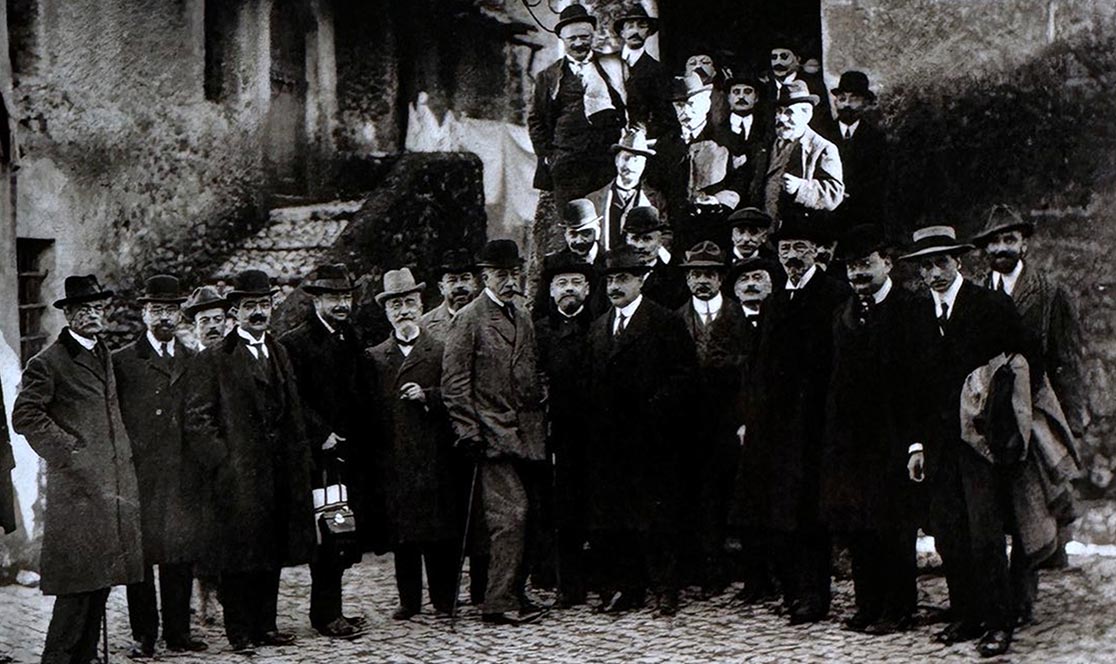
Construction of the power plants
In 1926, AEM expanded its operations and became the Electricity Company for the Governorate of Rome (Azienda Elettrica del Governatorato - AEG). Rome’s street lights increased to almost 18,000 lamps and the Castel Madama power plant was upgraded. A year later, the Galileo Ferraris power plant also began operating in Mandela.
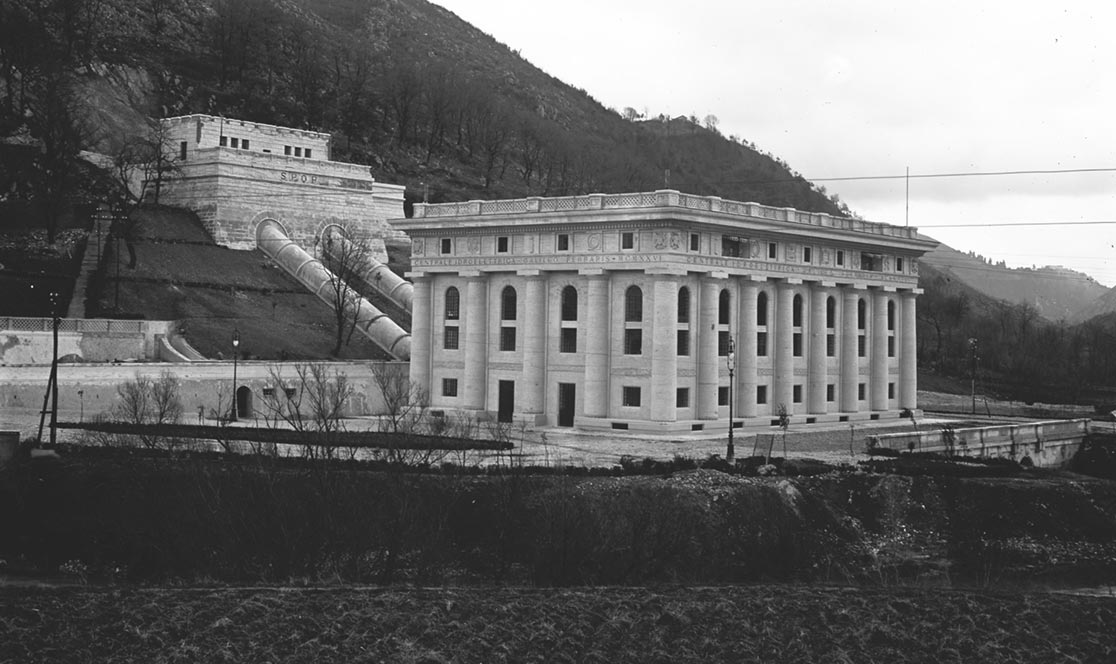
Acquisition of the water service
In view of the increasing demand for electricity, due to the growth in Rome’s population, AEG further enhanced the Montemartini power station. In 1937, Rome’s Governorate assigned to AEG the management of the municipal aqueducts and the construction and management of the Peschiera aqueduct. During the years in question the company changed its name to AGEA (Azienda Governatoriale Elettricità e Acqua - Gubernatorial Electricity and Water Company).

The war and the struggle to recover
During the Second World War, AGEA’s engineers worked fast and consistently to repair the damage caused to the electricity generation plants. At the end of 1945 the company, now called ACEA (the initials stood for Azienda Comunale Elettricità e Acqua – Municipal Electricity and Water Company), was able to guarantee the regular supply of electricity. The Peschiera Aqueduct, essential for the supply of water, came into operation in 1949.
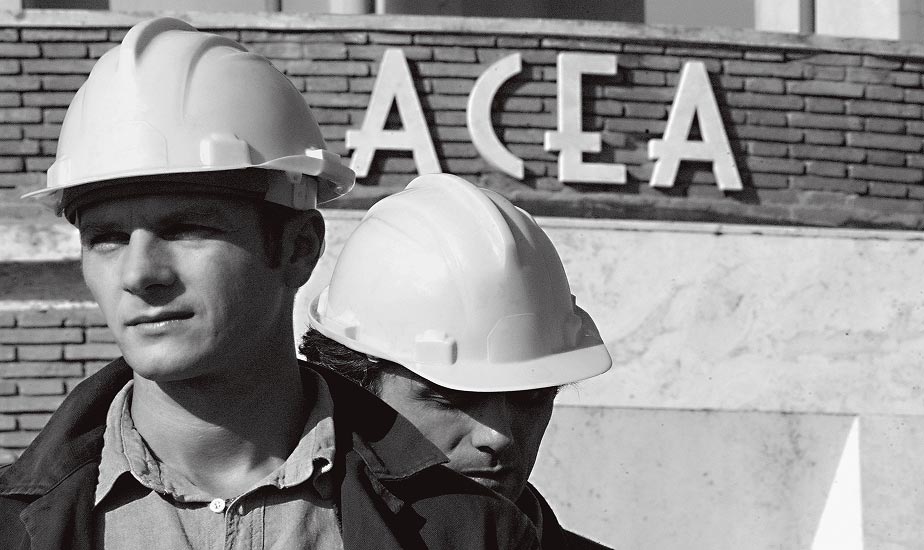
Corporate plans for the city
During the post-war years, Acea focused on making Rome electrically self-sufficient and improving its water systems. The key projects included the building of new electrical substations and completion of the Peschiera aqueduct. In preparation for the 1960 Rome Olympics, Acea refurbished the city’s public lighting network.
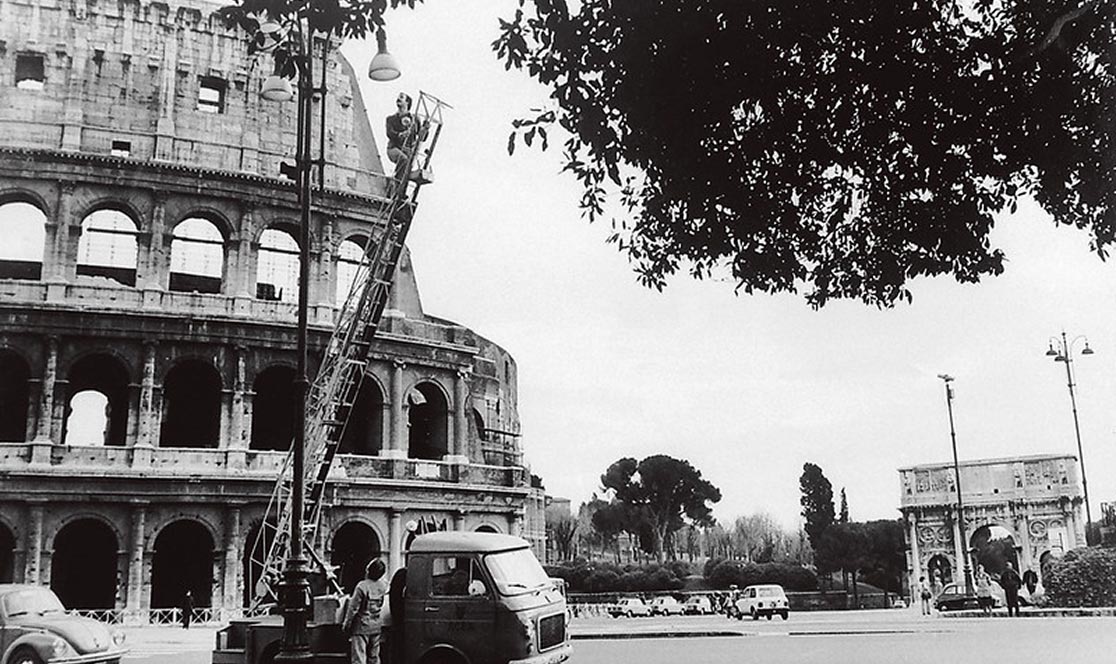
Strengthening our position in the drinking water sector
The company officially moved its headquarters to Piazzale Ostiense and, during the same decade, in addition to being assigned the management of the Marcio aqueduct, upgraded the public lighting service. Moreover, the Water Court confirmed Acea as manager of the Capital’s drinking water service.

The creation of a large aqueduct system
During the 70’s, Acea optimised its electricity distribution system and carried out significant investments in water services, particularly as regards the recovery and modernisation of peripheral areas. In 1979, the company completed the Peschiera-Capore aqueduct system, one of the largest in Europe.
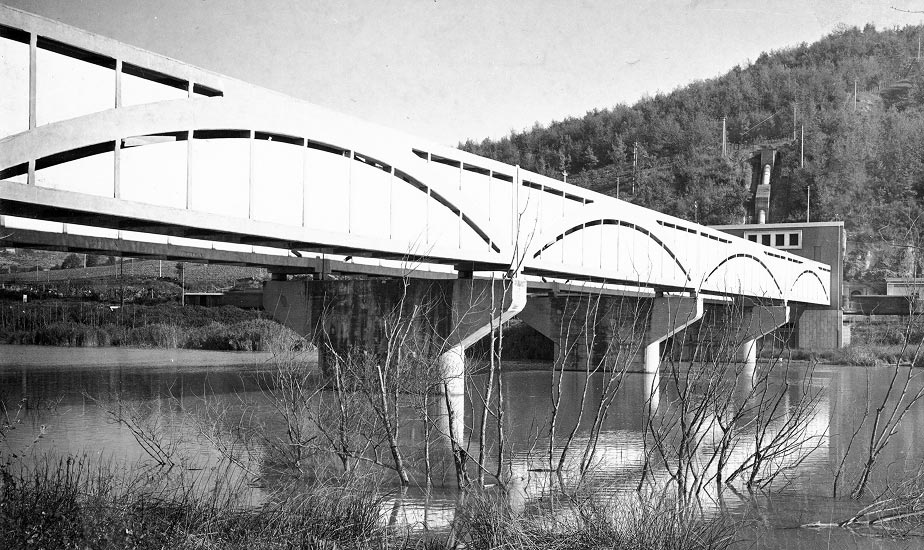
Waste treatment and cogeneration
Acea expanded and diversified its activities: it was entrusted with managing the capital’s waste water treatment, took over the management of public lighting and put into operation the Tor di Valle power plant, for the production of thermal energy for residential district heating in the Torrino Sud neighbourhood. The company was renamed Azienda Comunale Energia e Ambiente (Municipal Energy and Environment Company), reflecting its wider focus on water, energy and environmental services.

Listing on the Stock Exchange
On 19 July 1999, Acea was admitted to listing on the Italian Stock Exchange and launched an intense process of corporatisation. In 1993, the Eur water centre came into operation. Following implementation of the Galli law, Acea was identified as the integrated water service provider for Ato 2 Lazio. In 1996, the new Tor di Valle power plant came on stream.
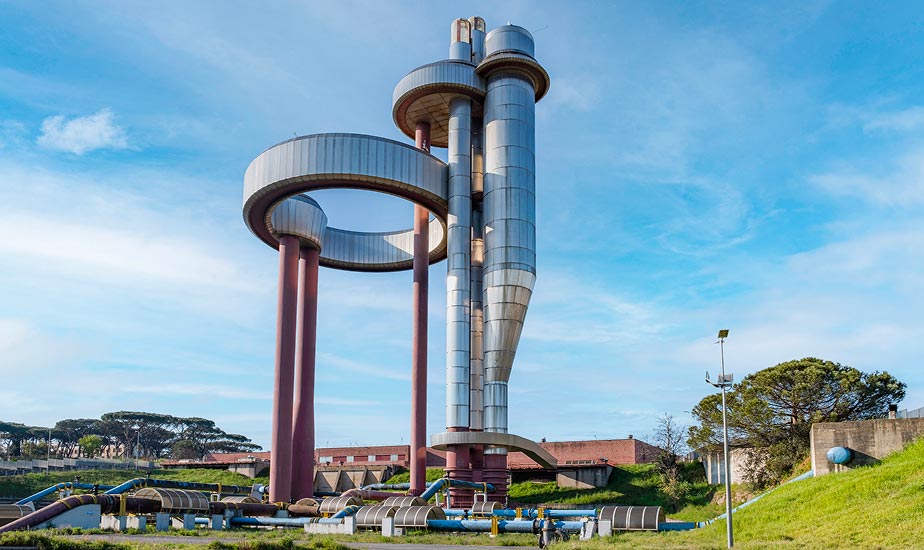
The new trademark and entry into the overseas market
With the arrival of the new millennium, Acea entered the overseas market with the construction and concession of a water plant in Lima. It took over the Enel electricity distribution network in Rome and was awarded management of the integrated water service in Campania, Tuscany and Southern Lazio – Frosinone. In 2006 Acea entered the waste treatment and recovery sector.
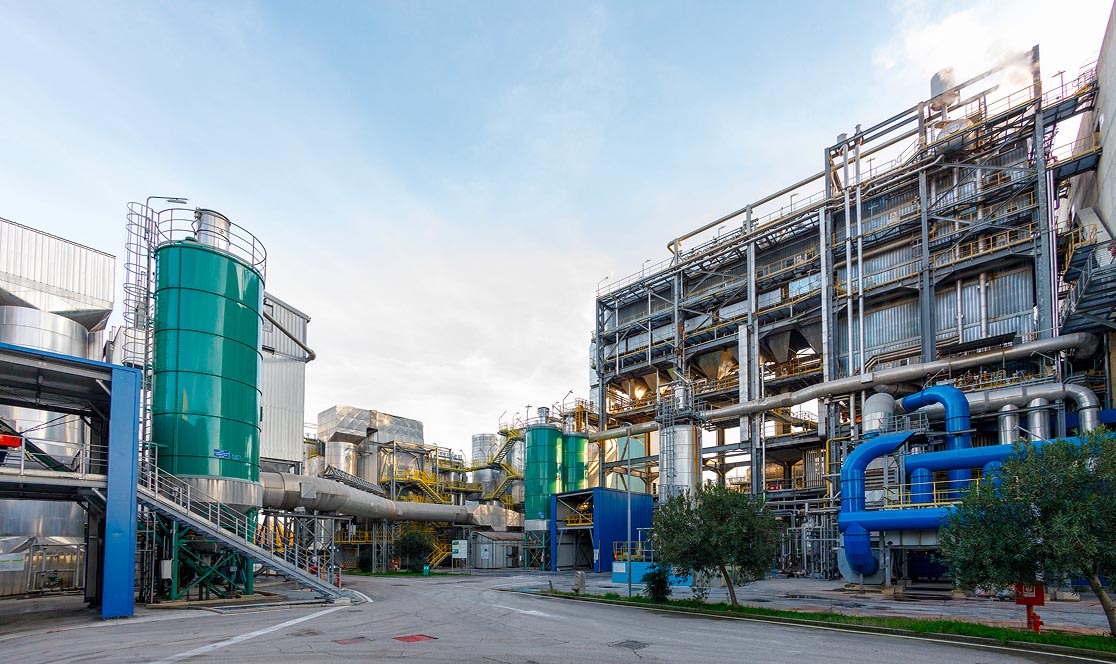
Towards an increasingly digital, innovative and sustainable company
Acea took a decisive step towards digital transformation, with the launching of platforms such as MyAcea for the management of water, electricity and gas utilities. The company also focused on sustainability, introducing strategic plans to support investments in infrastructure. In 2019, Acea expanded its gas distribution activities, resumed its growth in the renewable energy market and entered the plastic treatment segment.
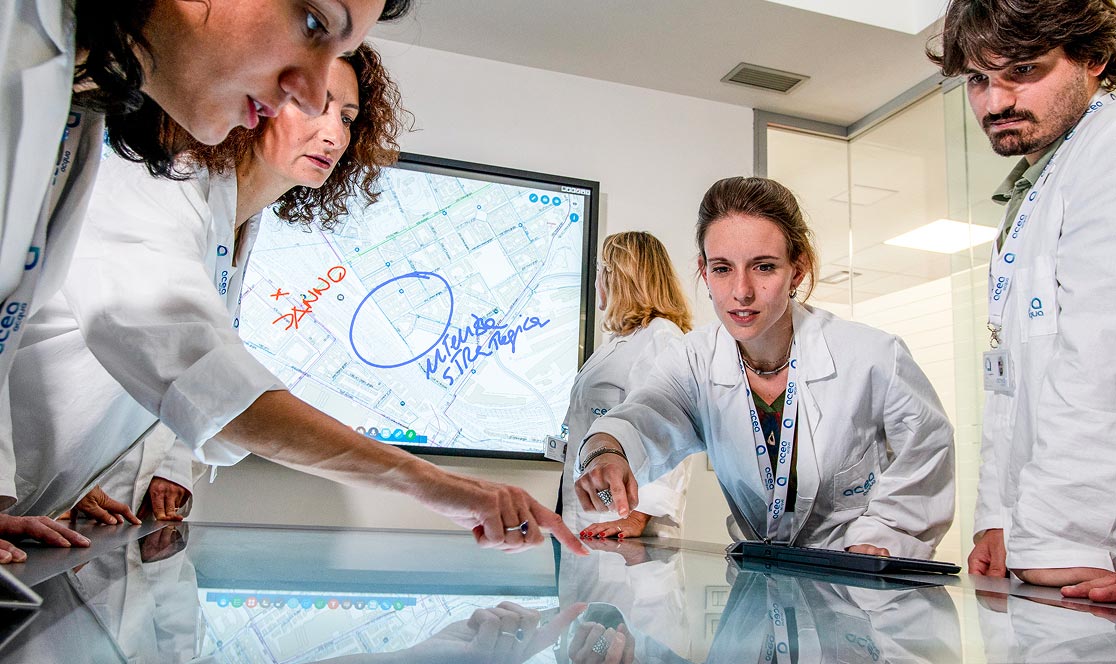
A new growth path: innovation, technology and sustainability
The Acea Group obtained funding from the NRRP for the implementation of strategic interventions in the water sector, continued to expand in the area of waste treatment and management via acquisitions and entered the business of electric mobility recharging services. With the new Business Plan, Acea is today a leading infrastructure operator in the water, energy and environment regulated sectors.
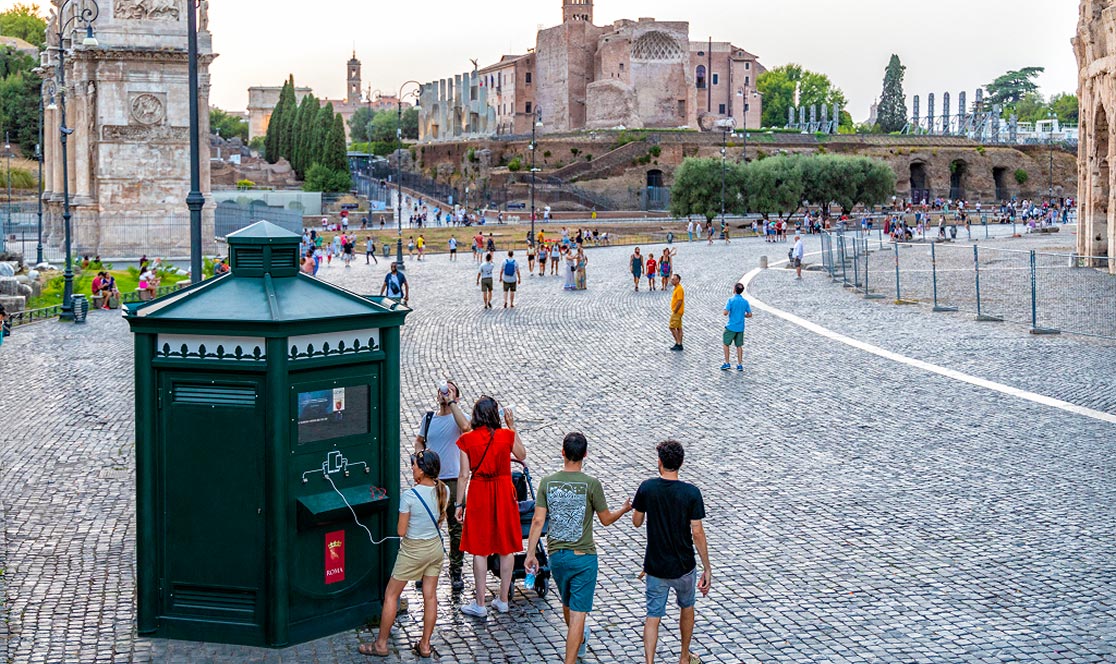
Our historical archive contains over a century of documents, photographs and objects that tell the story of Acea, strongly intertwined with that of the territories where it operates. The archive holds a precious collection that commemorates the Acea Group’s roots and successes, helping to preserve its historical memories for future generations.
An ambitious digitalisation project, launched in 2018, has allowed us to make available an extraordinary heritage, with thousands of photographs, plans and videos, constituting the first step towards the creation of a Digital Museum.
registers of minutes and resolutions
photographs
plans
videos
Our trademark tells the story of who we are: a group looking towards the future, without forgetting its origins. From the first in the 20s to the more modern versions, the trademark has changed alongside the Group, becoming a symbol of innovation, reliability and sustainability.


An identity associated with Rome
Founded as a municipal entity, Acea did not have a logo: the acronym “SPQR” was enough to symbolise authority and the city’s stability.
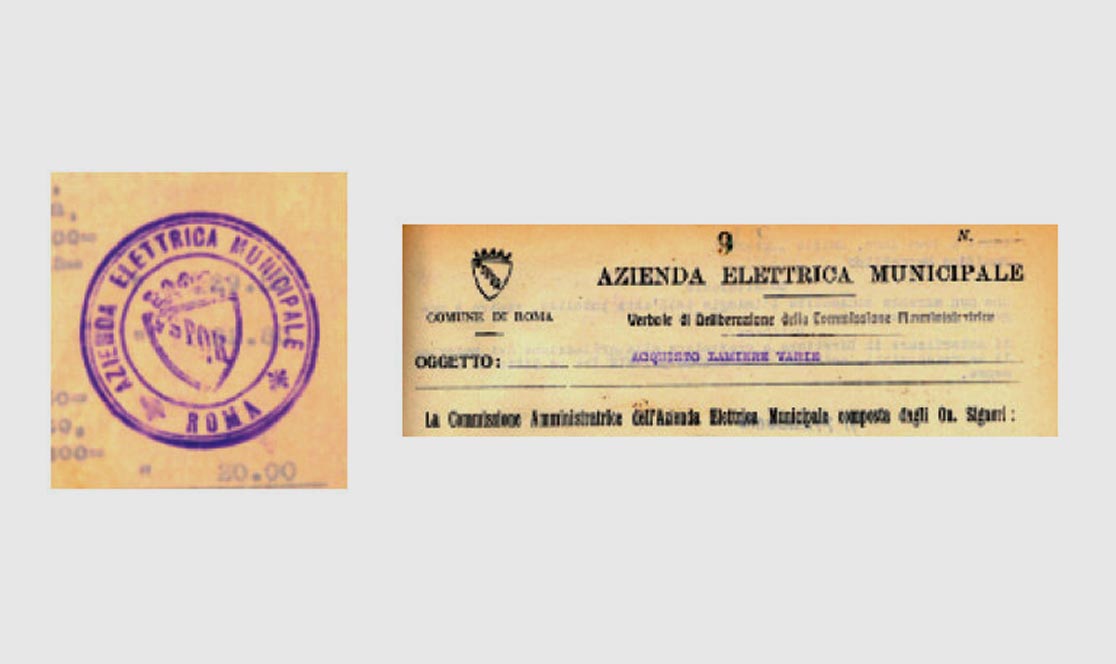
AGEA: Governatorato elettricità e acqua
In 1937 AGEA (Azienda Governatoriale Elettricità ed Acque - Gubernatorial Electricity and Water Company) was established, but it did not yet have an official visual mark.

ACEA: Azienda Comunale Elettricità e Acque
In the years following the Second World War, the company was re-established as ACEA (Azienda Comunale Elettricità e Acque - Municipal Electricity and Water Company), still without a distinctive logo.

ACEA – Azienda Comunale Energia Ambiente
For the first time in the Group’s history, a systematic visual logo was introduced, featuring distinctive graphic elements. Coloured stripes symbolised the three operational areas in which the company was expanding its role at that time.
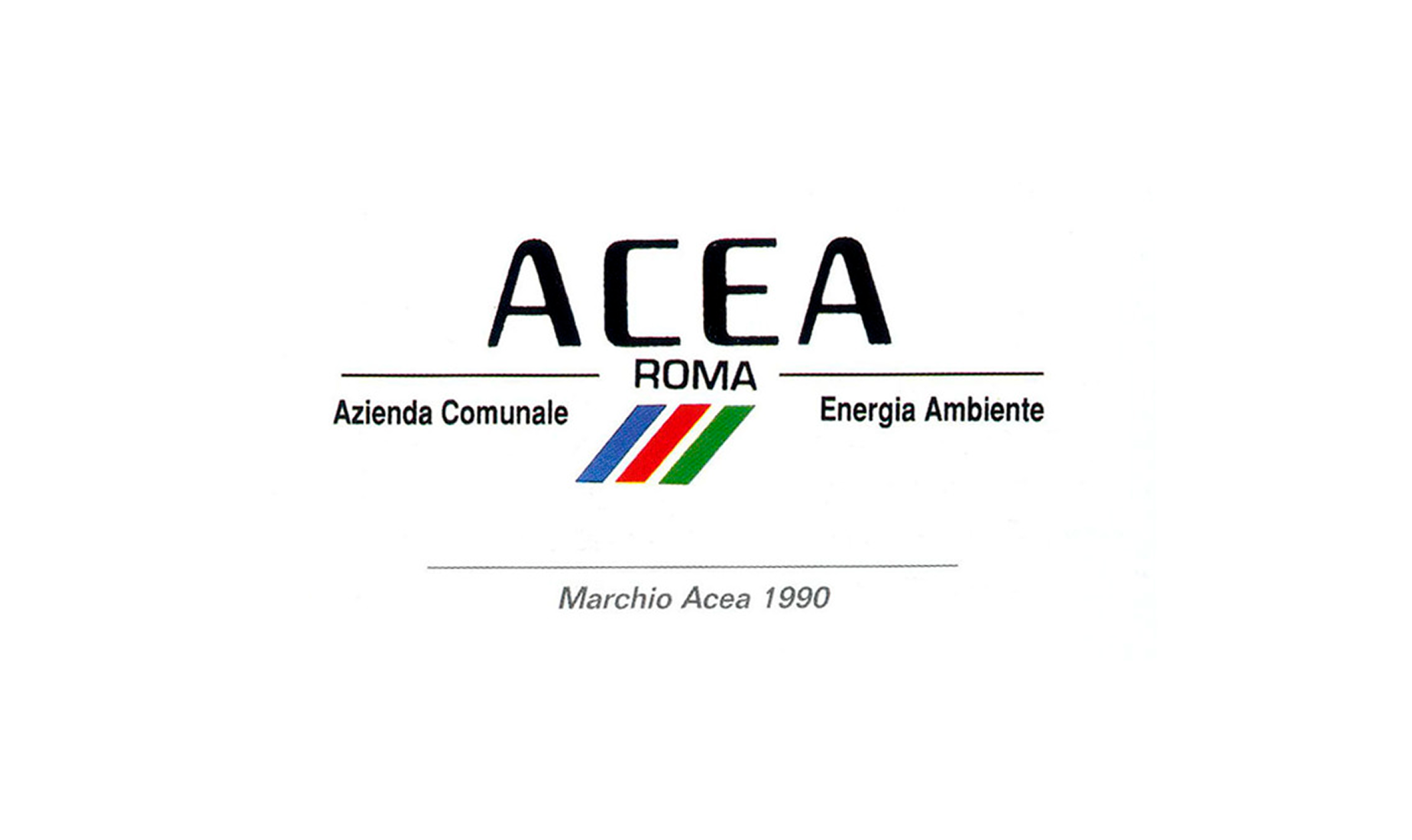
A logo for a new identity
The first proper logo appeared during the ‘90s. Its distinctive graphic element was a “C” repeated in blue, yellow, and green. It symbolised the three sectors (water, energy, and environment) and recalled a stylised turbine, representing dynamism and diversification.
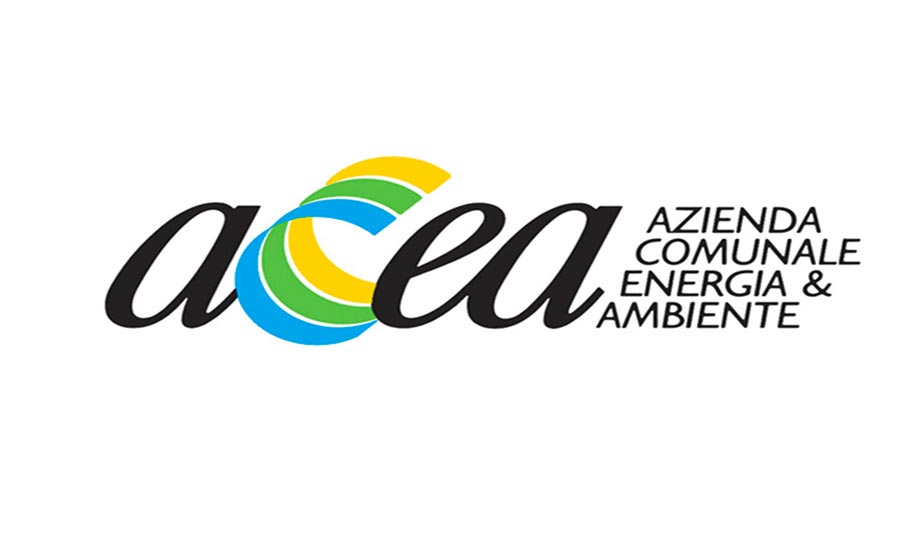
Listing on the Stock Exchange and dynamism
With its listing on the Italian Stock Exchange, Acea updated its logo: two curved lines enclosed the name, evoking a modern identity and the plurality of the services offered.

Acea Industrial Group
In the 2000s, the logo evolved graphically into three coloured squares, adaptable to multiple layouts, symbolising flexibility and connection. A visual identity that highlighted an Industrial Group increasingly attentive to customers and the external world.

A digital and smart logo
With the Acea 2.0 program, the logo was renewed, transforming the “A” of Acea into a location pin, symbolising the connection between the physical and digital worlds. The colours of the three businesses merged into a single shape.
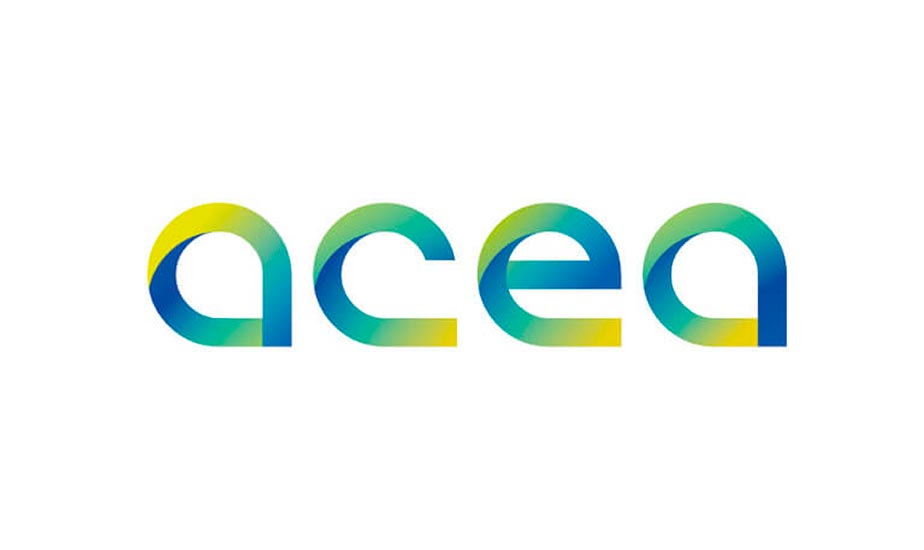
A step towards the future
In 2023, a new logo characterisation was introduced to reflect Acea’s commitment as an industrial leader focused on sustainability and digitalisation, anticipating the company’s 115th anniversary celebration planned for the following year.

A special anniversary
To mark the 115 years since its foundation, Acea unveiled a new logo during a celebration event attended by the President of the Italian Republic. The new design symbolised the link between tradition and innovation.
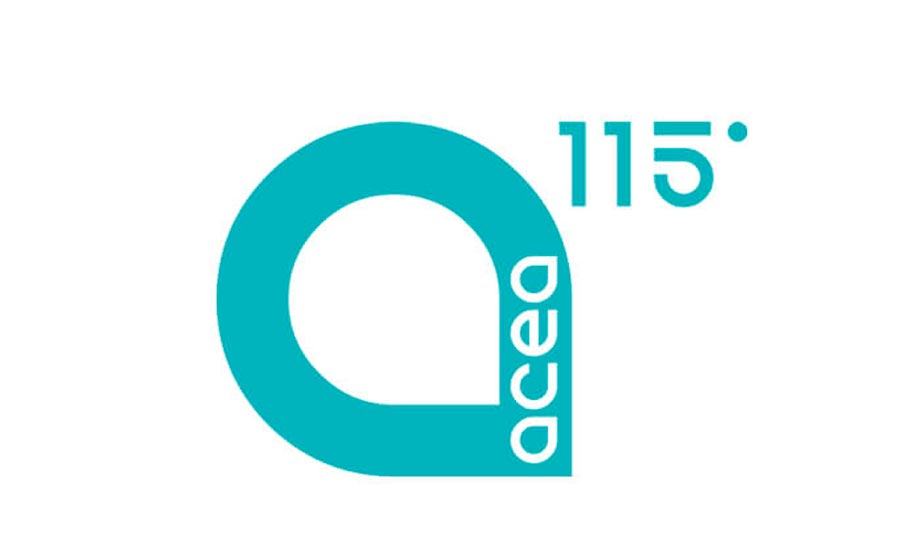
The logo as an expression of infrastructural identity
The new characterisation of the logo, initiated in 2023, reached its conclusive version in 2025. This evolution reflects the Group’s commitment as a national and international infrastructure operator.
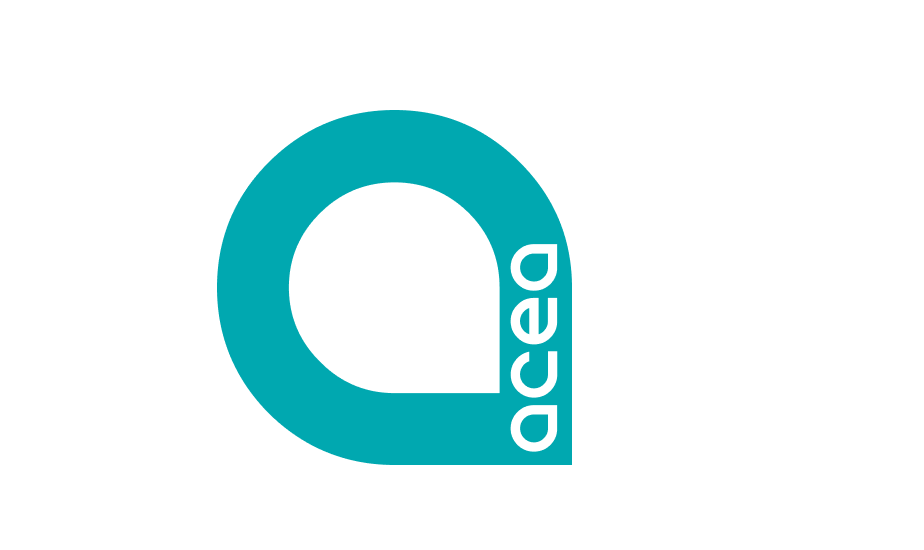

The video of Acea's history